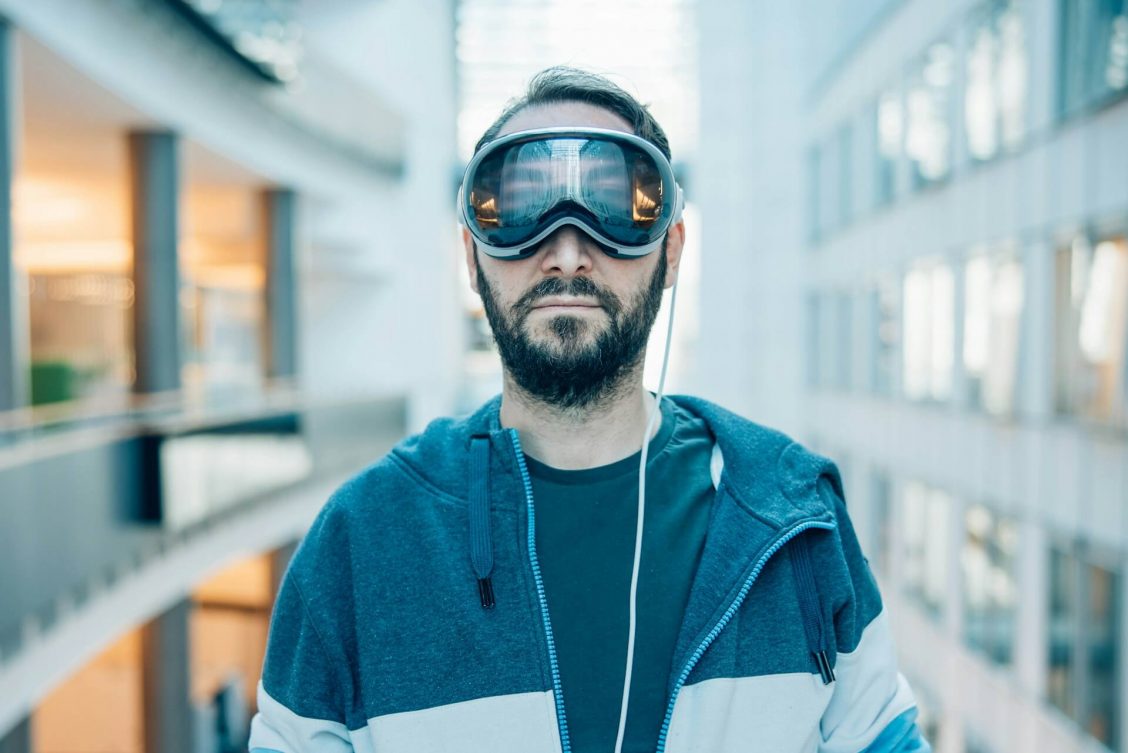The fast-moving digital transformation of training
Speakers:
- Alexandre LECT, CEO of edtake
- Dwayne Iserief, COO of Uptale
In the conventional perception, artificial intelligence (AI) and virtual reality (VR) initially seem far apart. However, their fusion reveals an extraordinary synergy, conferring a considerable advantage on the training sector.
According to an OECD report in 2021, a skill that once had a lifespan of 30 years in the 80s, will now survive only two years in 2021. This observation reflects an unprecedented acceleration in the evolution of jobs, requiring increasing adaptability. New technologies are the answer to these challenges.
The other challenge for all training managers is the evolution of professions thanks to these new technologies. According to a study by Dell and Institut du Futur, 85% of the jobs of 2030 do not yet exist.

On the agenda
AI for training
VR for learners
Case studies
Implementation strategies
The role of AI and VR in training
Session Q&A
Can you tell us what was filmed and what was created by the AI in your multilingual video example?
In our multilingual video example, the environment is a 360° image captured with one of our 360° cameras. The main actor was filmed in front of a green background. As for the video of the speaker originally speaking in French, we translated it into Heygen, a platform using artificial intelligence to generate voices in different languages. We then imported this video into Uptale, which supports 2D videos.
What technologies do you use to reduce the effect of cybersickness or nausea during virtual reality training sessions?
How do you manage the user's movement in virtual reality experiences?
With 6DoF virtual reality headsets, the user moves naturally, using his or her legs to move, stoop or advance. The headset captures these human movements and gestures, then transmits them into the immersive experience.
What tool do you use to generate virtual environments?
To generate our virtual environments, we use the Skybox tool. It is not currently integrated into Uptale. We are only exploring its features via their website. However, if necessary, we may consider integrating it into our solutions in the future.
Do we keep data confidential?
When it comes to data confidentiality, at edtake we opted from the start for technology that guarantees data confidentiality and sovereignty. That’s why we use components from Mistral AI, a French artificial intelligence company, to ensure that no information leaks out to external servers.
As for Uptale, we use the Microsoft Azure cloud. Currently, a promising partnership is emerging between Mistral AI and Microsoft, aimed at further enriching the Microsoft cloud with features geared towards data confidentiality.
Can the generated content be downloaded to a local device or is it SAS-only?
By default, we operate in SAS mode. However, we offer the option of using a local client to work in stand-alone mode, and allow direct export of content to a headset, especially for sensitive data. However, this option restricts certain features such as artificial intelligence, which requires a connection to be fully effective.
Is photo depth a built-in Uptale feature, or do we have to go to one of your partners?
This feature has been developed in collaboration with one of our partners and will be integrated directly into the Uptale platform. It will soon be available to all users.
Studies have shown that the key to learning is interaction and collaboration. How do you ensure these aspects on your platforms?
We are currently developing a new feature for Uptale, called Group Session, which will enable users to collaborate in groups in immersive modules with a live trainer. This feature will enable participants to benefit from real-time feedback from the trainer, encouraging interaction and collaboration within training modules.
For training courses that are initially face-to-face and involve the use of technical tools, we agree that VR training is not possible?
There are two possibilities. With the features offered by Uptale, it is indeed possible to import 3D tools such as a screwdriver and manipulate them virtually, by examining them from all angles or disassembling them for example. However, if you need more in-depth technical training, such as handling a screwdriver and its impact on a bolt, then it would be preferable to opt for fully 3D scenarios.
Although they can be realized with other technology, these scenarios have a different objective than simple discovery or how-to.
